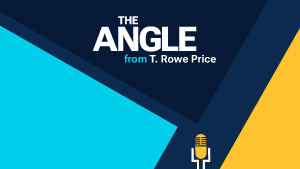T. Rowe Price Insights
Perspectives on the markets, retirement, and personal finance to help inform your investing journey.
Subscribe to T. Rowe Price Insights
Receive monthly retirement guidance, financial planning tips, and market updates straight to your inbox.
T. Rowe Price Insights delivered to your inbox
Receive monthly retirement guidance, financial planning tips, and market updates to help you make confident decisions about your finances.
By subscribing, you agree to receive occasional emails about our products and services. The Privacy section of our Help Center has information about how to opt out or update your preferences. This offer is intended for persons in the United States and should not be considered a solicitation or offering or any investment products or services to investors residing outside the United States.





